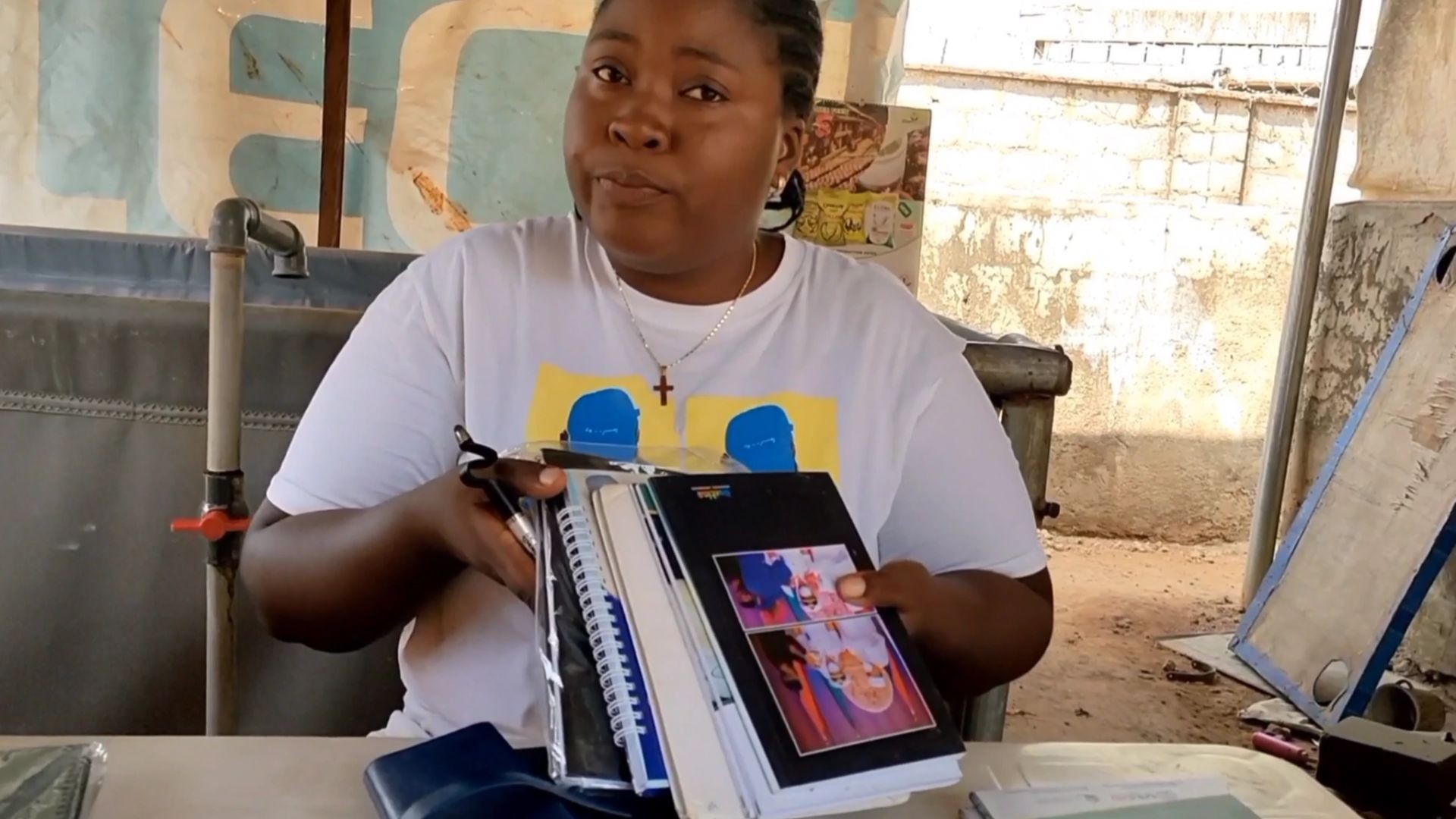The continent of Africa is fighting one of the most extreme challenges relating to its food system, which is to ensure 2.4 billion people have access to healthy and sustainable diet by 2050. Africa has struggled with the two fundamental Sustainable Development Goals which are severe food insecurity and poverty. Although aquaculture is one of fastest growing sectors worldwide, Africa contributed only 2.7% of world aquaculture share in 2019. Capture fisheries sourced from rivers, large inland lakes, coastal systems) are still the primary production in the continent. The growing fish demand in the continent creates a substantial gap in fish supplies and consumer demand. Unfortunately, the existing capture fisheries and aquaculture are still not able to supply sufficient fish.
It is projected that there will be continuous fish demand due to rapid population and income growth, diet transformation resulting from urbanization, and changing consumer preferences. The study also presented the risks associated to continued trend of increasing fish demands with food insecurity and malnutrition among women of reproductive age, children under the age of five and in the first 1,000 days of life.
The following African countries were the focal point in the study: Egypt, Ghana, Kenya, Malawi, Nigeria, Tanzania, Uganda, and Zambia. These nations were chosen because they are:
1) nations projected to face the largest shortfalls in fish supply relative to demands,
2) experience high rates of fish consumption, and
3) are amongst the nations experiencing relatively rapid growth in aquaculture
Reference:
Chan, Tran, N., Cheong, K. C., Sulser, T. B., Cohen, P. J., Wiebe, K., & Nasr-Allah, A. M. (2021). The future of fish in Africa: Employment and investment opportunities. PloS One, 16(12), e0261615–e0261615. https://doi.org/10.1371/journal.pone.0261615








